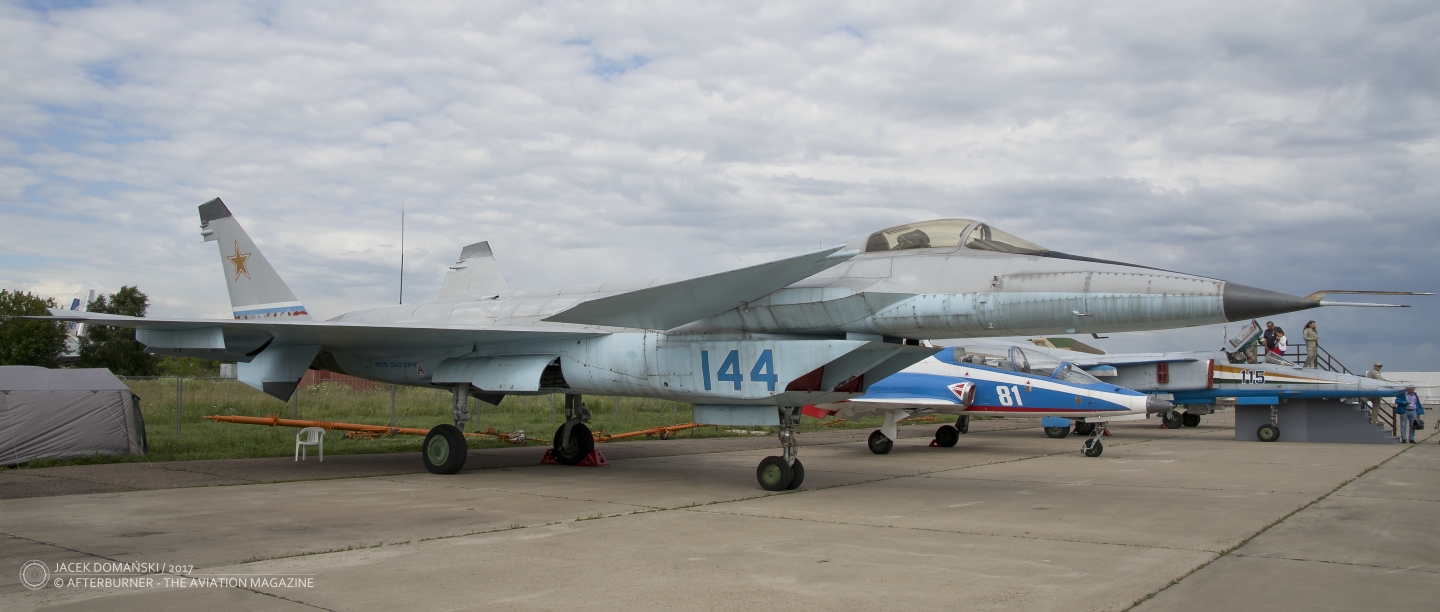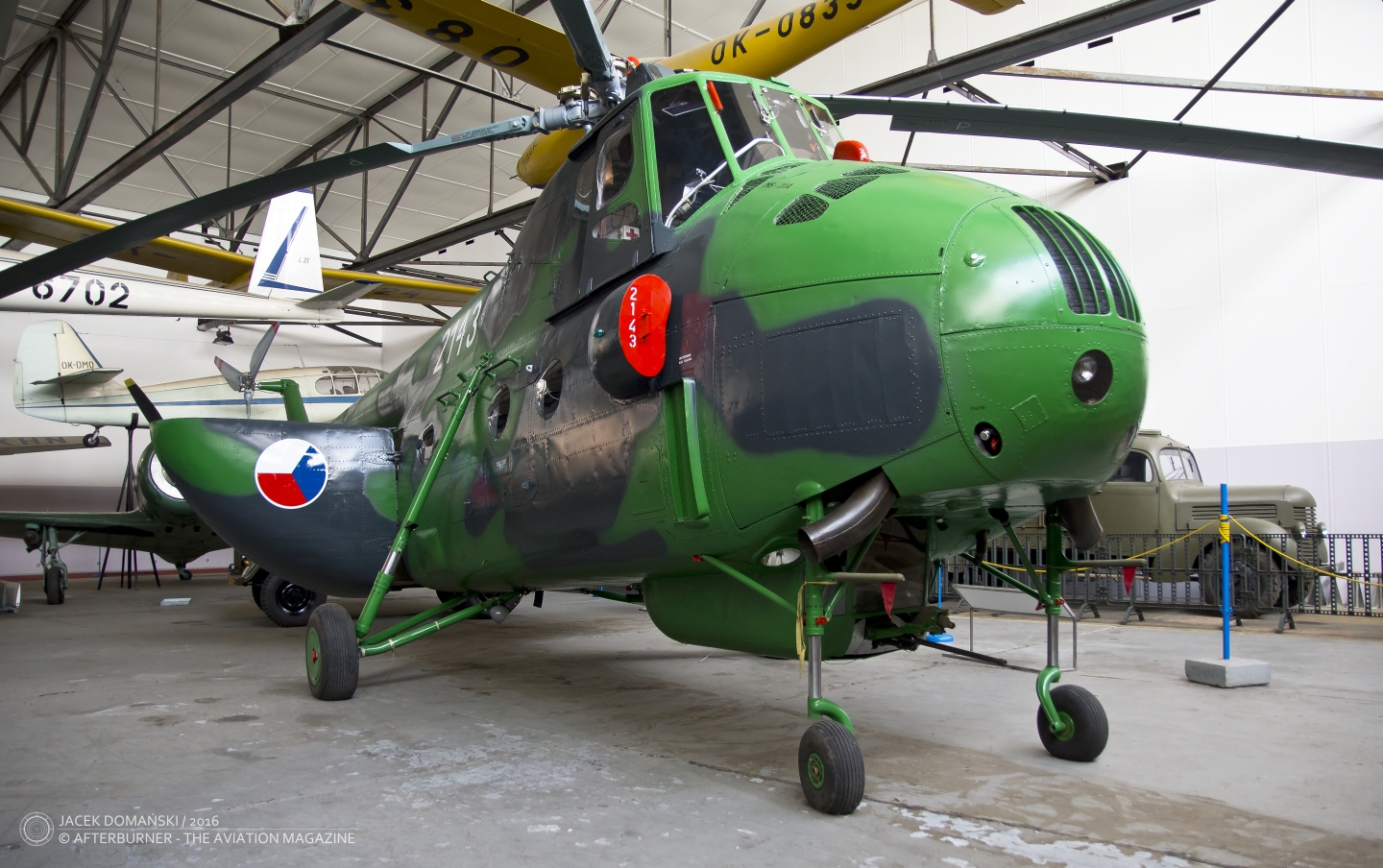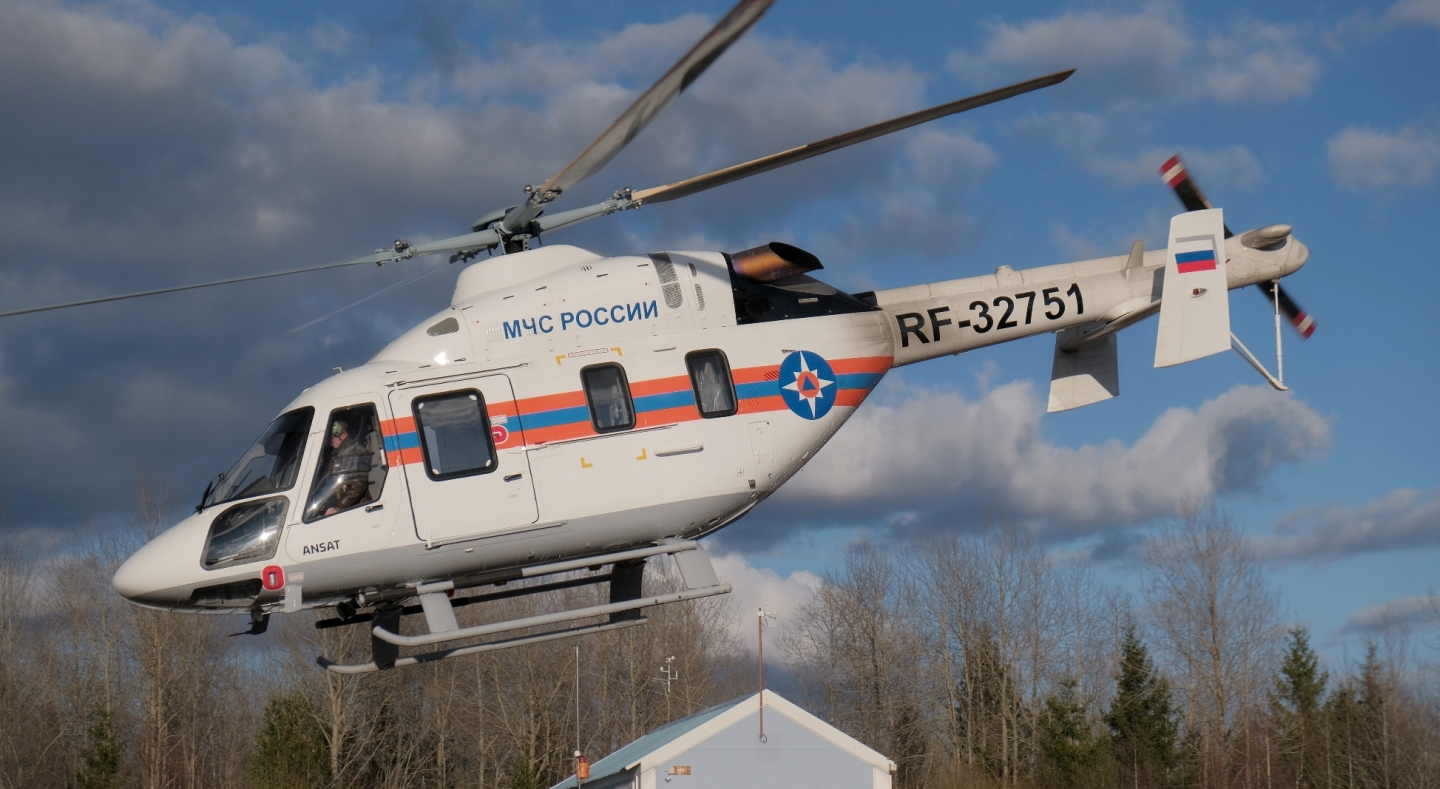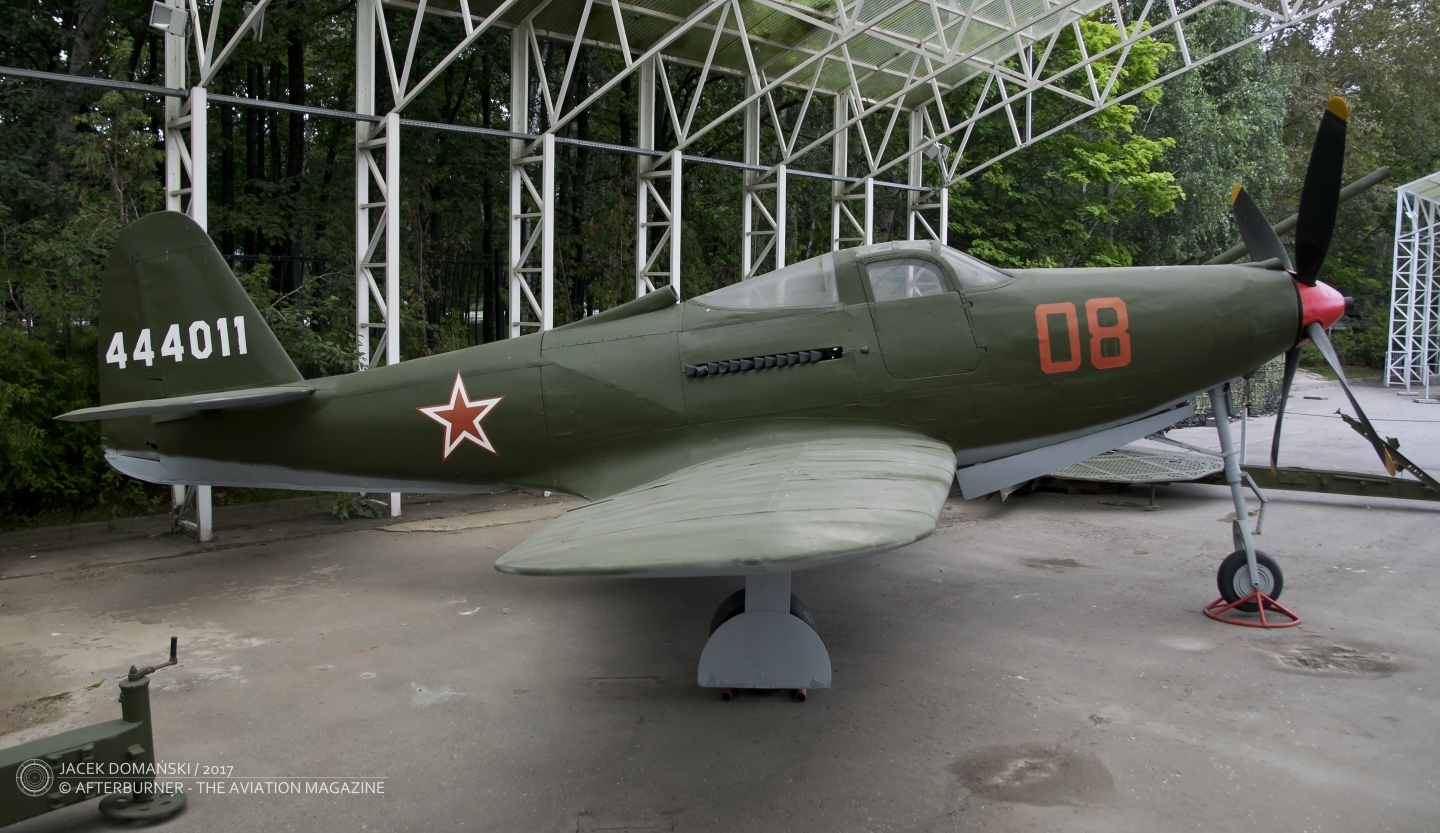
Mikoyan project 1.44 prototype (NATO reporting name ´Flatpack´) at the static exhibition of XIII International Aviation and Space Salon MAKS-2017, Zhukovsky airfield, Moscow area.
In early 1980s, the United States of America launched an Advanced Tactical Fighter programme, aiming at development of a next-generation air superiority fighter (the programme was concluded by creation of YF-22 demonstrator, later modified and produced as F-22 Raptor). In response to the American programme, the Soviet Union opened the I-90 project (И-90, истребитель 1990-х годов – I-90, the fighter for 1990s) and shortly thereafter, in 1981, the Central Aerohydrodynamic Institute – TsAGI (Центральный аэрогидродинамический институт – ЦАГИ) issued its recommendations for Soviet fifth-generation fighter, able to match the US development.
The new fighter had to be constructed in the canard-layout, stealth and supermanoeuvrability configuration, high aerodynamics values and able to fly at critical angles of attack. The Mikoyan Construction Bureau took up this challenge and – within the government programme launched in 1983 and codenamed Комплексная целевая программа (Comprehensive Target Programme) – created two study-projects of MFI (multi-functional frontline fighter – МФИ, многофункциональный фронтовой истребитель) and LFI (light frontline fighter – ЛФИ, лёгкий фронтовой истребитель) fighter aircraft. Mikoyan, in cooperation with TsAGI, started the preliminary work on both projects. Initially, MFI and LFI were intended to share as many components as possible, to reduce the construction and operational cost.
In 1987, when it became clear that only one of those projects could be financed by the Soviet government, Mikoyan bureau focused on MFI project only. Following the updated requirements and taking under consideration the cancellation of LFI variant, the new future fighter platform should be able to perform multifaceted array of tasks, including the operations from aircraft carrier.
The draft documentation was ready until 1991 and the first prototypes were under construction when the collapse of the Soviet Union in December 1991 feezed all funding of the project. Facing the new reality of re-established Russian state, Mikoyan bureau (since 1995 merged with other two production facilities as MAPO-MiG association) was never able to attract sufficient funding to finalize the MFI development.
Nevertheless, sections of new aircraft were built for test purposes and finally works on two prototypes began. The prototype codenamed 1.42 was ready in 1994 and used for static testing, another aircraft, codenamed 1.44 and being the modified version of 1.42, was intended for flying tests. Due to the lack of financial resources and the maiden flight postponed for an indefinite period of time, the second prototype was not completed and stored in the hangar.
On 25th September 1997, the prototype of S-37 fighter aircraft (later known as Su-47 ´Berkut´) took-off for its maiden flight, being the Sukhoi Construction Bureau experimental aircraft and clearly showing the Sukhoi company intention to create its own fifth generation fighter. In the same year 1997, MFI project was officially cancelled, due to high cost of its development.
However, with the new management of Mikoyan company, the project returned in 2000. The prototype designed as 1.44 was pulled out of hangar and completed – on 29th February 2000 the MFI fighter performed its maiden flight, flown by the test-pilot V.M. Gorbunov. The flight tests lasted until 27th April 2000, when the last known flight of the prototype was reported.
The series of financial scandals that shattered MiG company in early 2000s, definitely buried the MFI development. In addition, the new PAK FA programme of fifth generation fighter was announced in 2002, entrusting the creation of new Russian fighter aircraft to Sukhoi company. MiG 1.44 was abandoned at Zhukovsky airfield for years, until the time the programme was partially declassified. Currently, 1.44 is regularly shown at the bi-annual International Aviation and Space Salon in Zhukovsky, at the static exhibition of the historic aircraft and prototypes.
If the MFI would made it to the serial production stage, the aircraft would be equipped with a ´glass cockpit´, advanced passive radar and two thrust-vectored AL-41F engines with afterburner, allowing the MFI to super cruise and achieve the top speed of Ma 2.35. The aircraft had to be made with stealth technology, with the weapon hidden in the internal compartments.
A noteworthy fact is that the serial-manufactured MFI had to receive MiG-35 type designation. Some unconfirmed rumours were also spread that the documentation of third variant, codenamed 1.46, was in some part transferred to China and used with the creation of J-20 fifth generation fighter.



